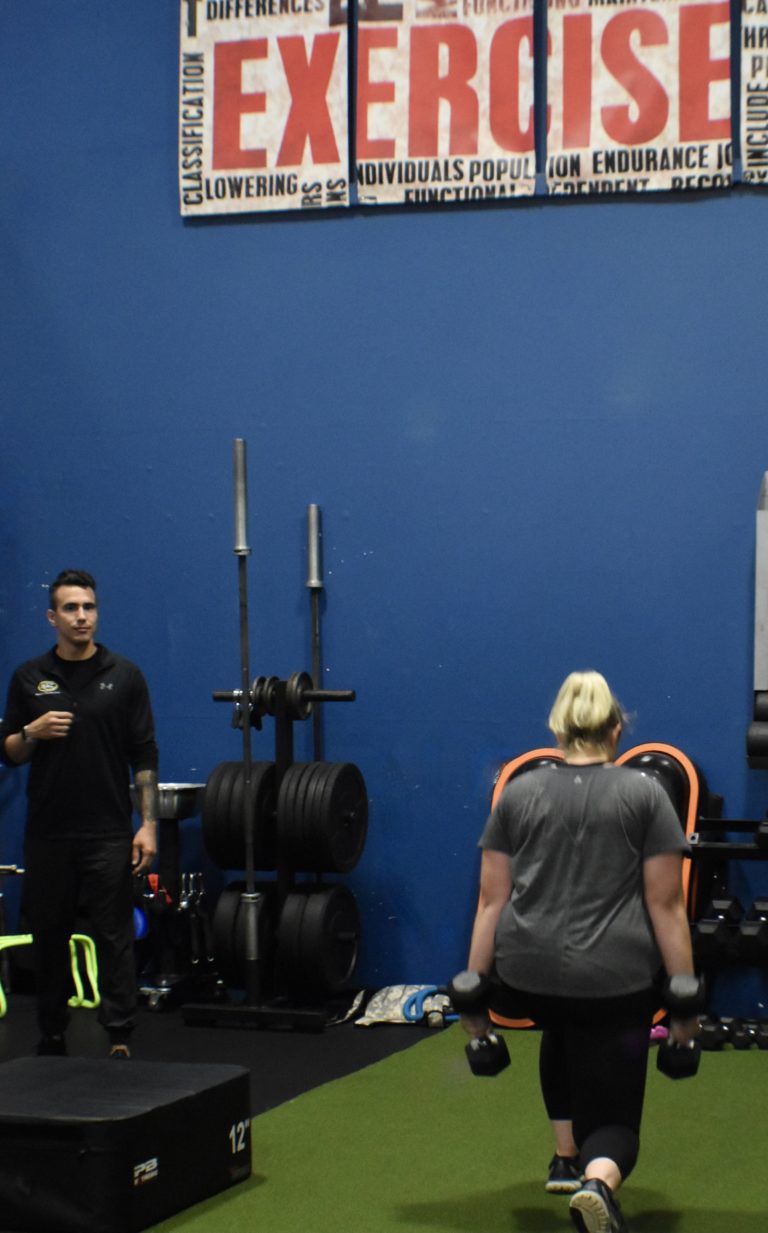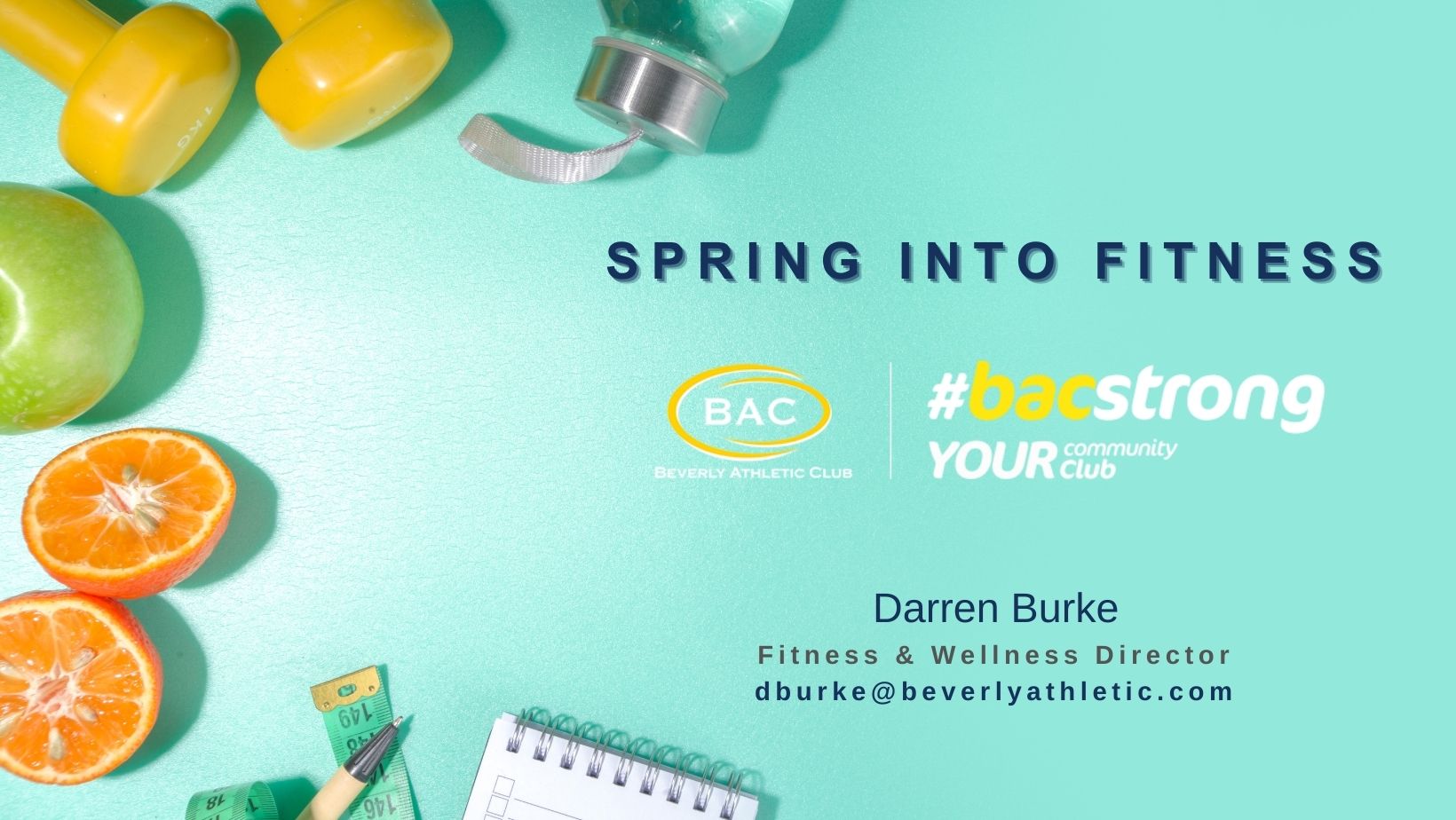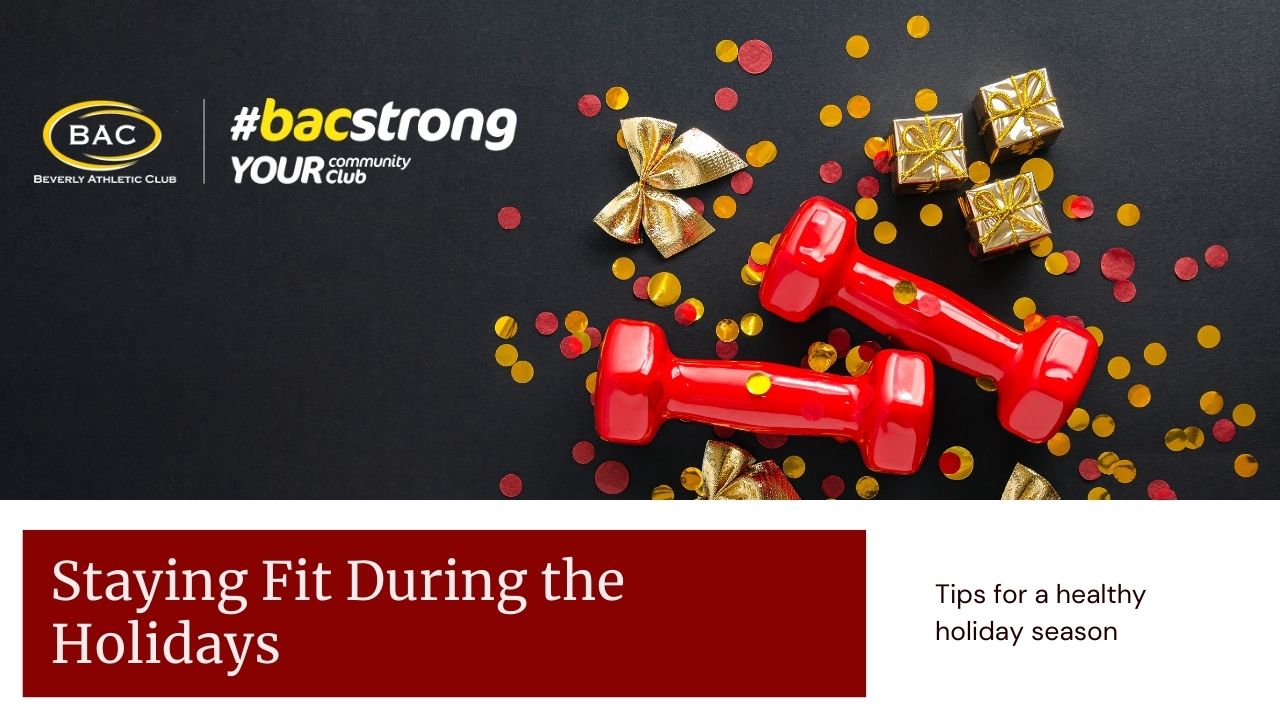Hitting a plateau in your fitness routine and weight loss or gain program, is a natural reaction to how your body accommodates stress. From the professional athlete to the “couch to 5k” beginner, it is a part of being human that is universal. Then why is it so frustrating? Our bodies are meant to adjust to stress, endurance, chaos and in some cases our bodies adjust to protect us instinctually but Jarrid Crocker, certified personal trainer at the Beverly Athletic Club likens pushing through the plateau experience to a lobster shedding its skin.
“A lobster sits on the bottom of the ocean minding his own business, in order for it to grow it has to shed its outer layer, it becomes vulnerable and very susceptible to other animals. It must become uncomfortable within its own skin (physically) to grow in size. When working out you must develop this mindset, you have to become uncomfortable in your own skin and that means pushing yourself in ways that maybe you haven’t done in the past. The lobster sheds its skin for growth, you’ll never plateau if you’re always willing to be uncomfortable in your workouts and better yet to be okay with that discomfort.”
Then how does one change their body’s level of comfort to break through the plateau, increase some aspect of your daily routine and workout program. Crocker asks that you change some part of your routine: the number of calories you eat, the intensity of your workouts, the duration of your workouts or change the exercise entirely. “If you’re a runner and you have plateaued, add intermittent elliptical or strength training. Your nervous system is incredibly efficient at managing load and stress on the body. Once your body has become accustomed to what you’re doing, the nervous system starts to adjust and your body adapts. At some point it just gets easier to do that same exercise, if you don’t increase that max effort then you will plateau.”
This technique is called progressive overload in which you increase the stress placed on your body. Yet to plateau in one’s diet or workout program to where you’re not losing anymore weight or you are no longer seeing any increase in muscle can be synonymous with your body’s lack of stress now in a workout. “If it takes my 90 % of my max effort to lift 135 lbs, if I do that over and over and over, now it only takes 50% of my max effort to do the same routine. If you go to a professional then you can access the tools that we have at hand. If you have changed so much since you were a fitter, younger self then you have to change your routine and try new things because your body is now different. The same things that worked with your younger self might not work with your older self. I want to push you to hit your max effort every time you workout. That means that if your max effort is 50% and you’re feeling that you can’t possibly do anymore then that is what I will work with and measure. The next time that you come in I’ll ask you to give me 51%. That’s what I mean by being uncomfortable.”
What Crocker notes is that moving into a place of discomfort comes down to two aspects that only the individual can control: mindset and stopping bad habits, ie., the member eating 10,000 calories a day when they are a home and away from the guidance of a personal trainer. “People will self-sabotage all the time, our habits are hard to break. But that’s why I’m here, to work with you to make that vital change in yourself. It all comes down to your mindset, do you walk into a room ready to go or question everything that your doing as ineffective. I’ll never allow someone to use the word ‘can’t’ in my weight room. You CAN, it’s what you need to believe, you can do it.”
If a lobster can shed it’s shell, then so can you.
Jarrid Crocker, certified personal trainer, is available for training sessions at the Beverly Athletic Club and teaches ‘Glute Camp’ workouts for all members.





